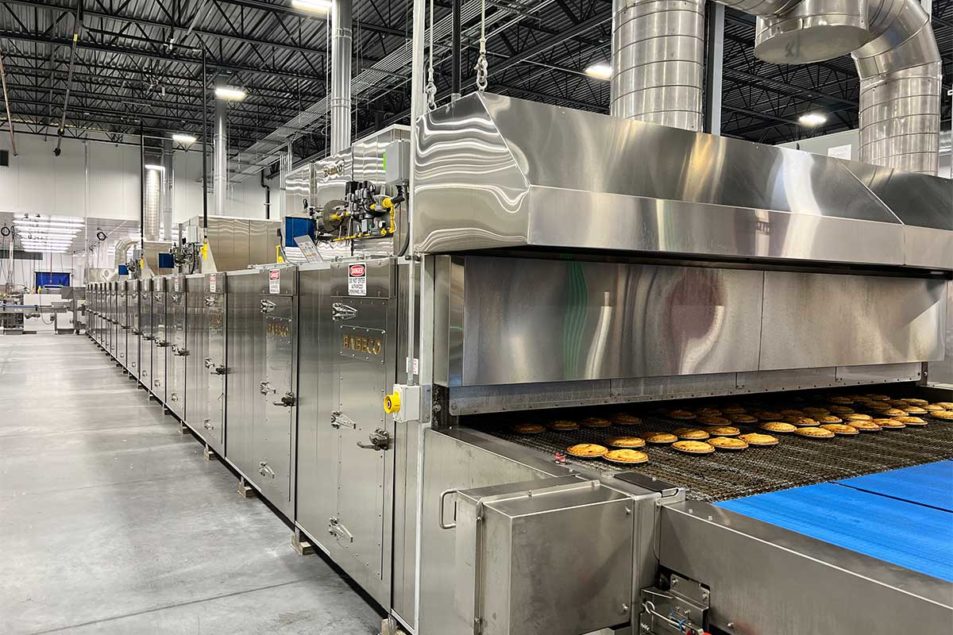The Science Behind 360 Human Hair Wigs: What Makes Them Special

Introduction: 360 human hair wigs are more than just a fashion statement; they are a blend of artistry and science. The construction of these wigs involves intricate design elements that set them apart from traditional wigs. In this article, we’ll delve into the science behind 360 human hair wigs and what makes them so special.
The Lace Frontal Magic
At the heart of 360 human hair wigs lies the lace frontal. This is a thin, sheer lace material that encompasses the entire perimeter of the wig cap. The lace is meticulously hand-ventilated with individual hair strands, replicating the natural growth pattern of hair. This process is what gives 360 wigs their lifelike appearance.
The 360-Degree Edge
What sets 360 wigs apart is their ability to provide a 360-degree view of realism. Traditional wigs only offer lace at the front, leaving the back exposed. In contrast, 360 wigs have lace all around the cap, allowing for natural-looking ponytails and updos. This innovation in wig construction has revolutionized the wig industry.
Comfortable Cap Design
360 wigs feature a cap construction that prioritizes comfort. The lace cap is lightweight and breathable, ensuring proper air circulation. This reduces the risk of sweating or discomfort, even during prolonged wear.
The Versatility Factor
The scientific genius of 360 wigs is their versatility. With the lace frontal and 360-degree lace, you can part your hair anywhere and create various hairstyles. This adaptability makes 360 wigs suitable for any occasion or mood.
Conclusion:
360 human hair wigs are a testament to the art and science of wig-making. The intricate lace frontal, 360-degree lace, and comfortable cap design combine to create a product that is as realistic as it is comfortable. Understanding the science behind these wigs helps us appreciate the innovation and craftsmanship that go into making them truly special.






